(NLDO) - Scientists have just discovered something unusual about the system of 6 most "beautiful" planets in the Milky Way, which is believed to hide an 8 billion year old world of life.
According to Space.com , an international research team decided to learn more about HD 110067, a star system of 6 planets that is hailed as the "hidden gem" of the Milky Way and may have had life before the Solar System.
Located 105 light-years from Earth in the constellation Coma Berenices, the planets inside HD 110067 are remarkable for orbiting their parent star in tight, synchronized rhythms, as if they were dancing.
These six planets orbit their parent star with orbits of 13.6 - 20.5 - 30.8 - 41 - 54.7 days, meaning the orbital resonance ratios between close pairs are 3:2, 3:2, 3:2, 4:3, 4:3, respectively.
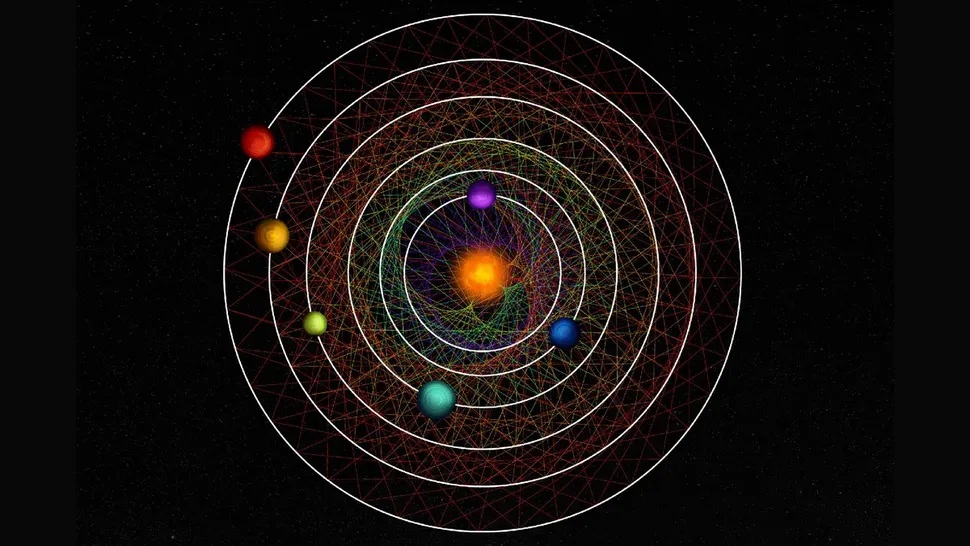
HD 110067, a star system with six planets in orbital resonance, is suspected to have several more planets lurking farther from the parent star and harboring life - Graphic image: NCCR PlanetS
Previous calculations based on wavelength analysis of ionized calcium suggested that the HD 110067 system is about 8 billion years old, much older than our 4.6 billion-year-old solar system.
As a star's magnetic field generates energy and heats its outer layers, calcium atoms become excited and emit a distinct color of light. The younger the star, the stronger the emission researchers will detect.
The study also suggests that there may be more planets beyond the six mentioned above lurking in the dark space within the "habitable zone" of their parent star.
At 8 billion years old, scientists believe that life may exist on these hidden planets with temperate climates.
But new research just published in the journal Astronomy & Astrophysics , led by astronomer Maddie Loupien from Sorbonne University in Paris (France), indicates that HD 110067 may be only 2.5 billion years old.
This group analyzed the slowing of the star's rotation. Young stars always speed up and slow down over their lifetimes, including our Sun.
HD 110067 takes about 20 Earth days to complete one rotation. Based on other parameters about the star, the researchers indicate it is in the early stages of slowing down.
This helped them calculate a new age of 2.5 billion years.
HD 110067's unexpected youth may also shed new light on exoplanetary environments.
This suggests that planets in a star system can undergo “practice” to stay in sync with each other much more quickly than we previously thought.
However, this youth also brings sad news: A young star often rages and bathes the planets around it in intense radiation.
This could limit the potential habitability of planets in the star system, or at least reduce the likelihood that they have life at present.
However, research into the "pearl of the Milky Way" has only just begun.
Scientists hope that with increasingly powerful instruments, they can learn more about the planets of this star system, find more planets outside and of course, clues to life.
Source: https://nld.com.vn/vien-ngoc-cua-ngan-ha-dat-ra-cau-hoi-moi-ve-su-song-196250101092109182.htm



![[Photo] Cat Ba - Green island paradise](/_next/image?url=https%3A%2F%2Fvphoto.vietnam.vn%2Fthumb%2F1200x675%2Fvietnam%2Fresource%2FIMAGE%2F2025%2F12%2F04%2F1764821844074_ndo_br_1-dcbthienduongxanh638-jpg.webp&w=3840&q=75)




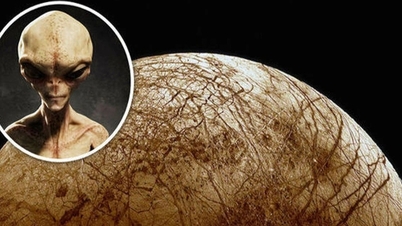

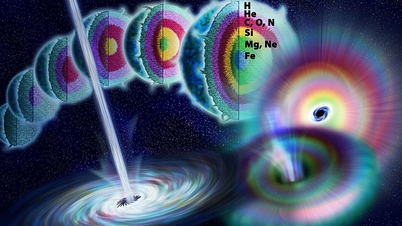



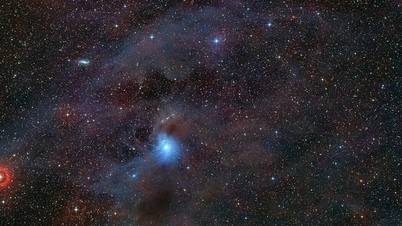

























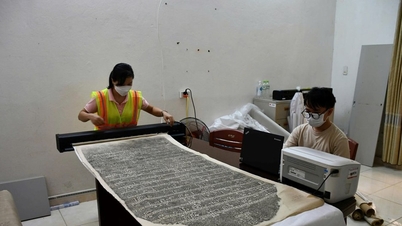





















![[VIMC 40 days of lightning speed] Da Nang Port: Unity - Lightning speed - Breakthrough to the finish line](https://vphoto.vietnam.vn/thumb/402x226/vietnam/resource/IMAGE/2025/12/04/1764833540882_cdn_4-12-25.jpeg)
















































Comment (0)